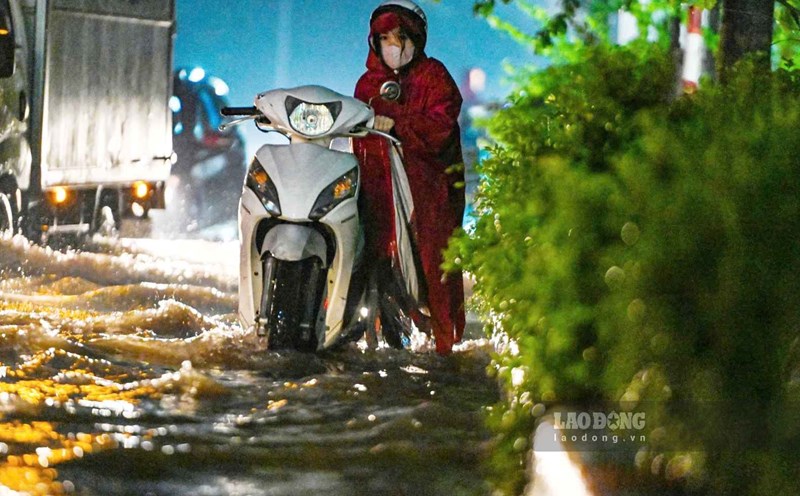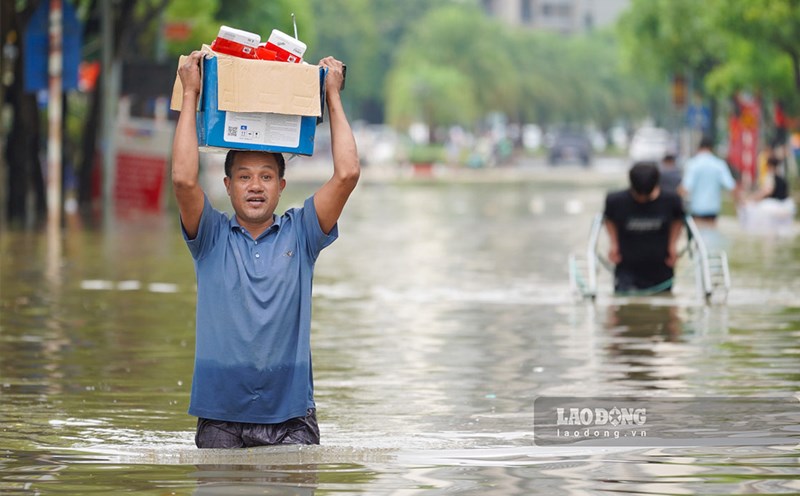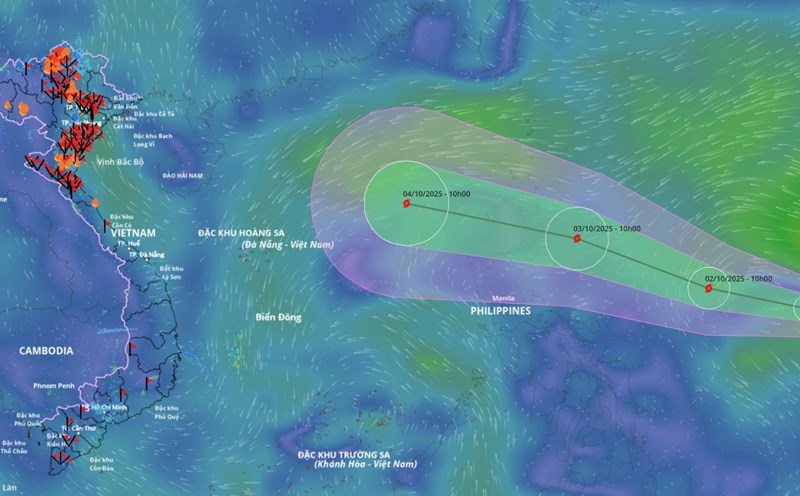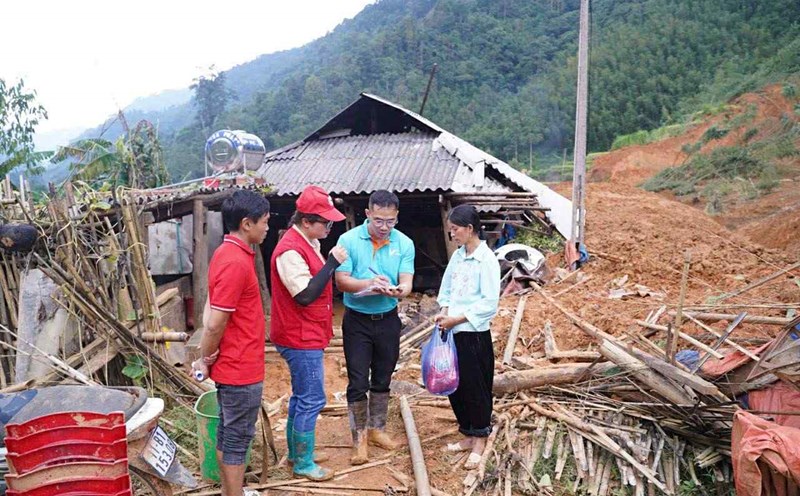According to the Vietnam Association of Seafood Exporters and Producers (VASEP), in the first 8 months of 2025, seafood exports reached 7.3 billion USD, up 17% over the same period last year.
This result shows great efforts from businesses and the support of the Government. With the current growth momentum, the seafood industry is expected to reach the 10 billion USD mark for the whole year, an increase of about 10% compared to 2024.
Ms. To Thi Tuong Lan - Deputy General Secretary of VASEP said that from January 1, 2026, many items such as crab, tuna, and mackerel will not be able to be exported to the US due to strict regulations for exploited seafood. In addition, key products such as shrimp and pangasius also face counterpart taxes and anti-dumping taxes, causing the imposed tax rate to exceed 55%.
In the European market, the "yellow card" has lasted for the past 8 years, continues to be a big burden and shows no signs of being removed. On the contrary, key markets such as South America, the Middle East or Asia have opened up positive signals, rich in potential but have not yet been properly exploited.
A bright spot of the industry is the strong increase in value-added products (VAT). Vietnam currently ranks third in the world in VAT seafood production, with the orientation of becoming a "processor" of these products globally. This is considered a sustainable direction, helping to increase profits and avoid direct price competition with big competitors.
At the same time, sustainable development has no longer been a slogan but has become a specific requirement for each industry. For example, in Europe, regulations on smart carbon have been issued, along with the requirement that aquaculture facilities must have full veterinary prescriptions. Vietnamese enterprises are forced to proactively adapt, cannot wait until they are passive.
With the domestic market - where there are 100 million people, the food and beverage industry is developing strongly, spending is increasingly high and the consumption habits of young people are changing, it is considered a land with great potential.
However, exploiting the domestic market is not easy, consumers are still sensitive to prices, food safety awareness is not high, while the domestic distribution system is very different from export. However, many seafood businesses are still persistent in pursuing.
In Ho Chi Minh City - where there are no raw material areas, many businesses have pioneered the return to the domestic market and achieved positive results. Vietnamese seafood has been present in large supermarkets such as Lotte, Aeon Mall, Bach Hoa Xanh, and is considered a group of goods with great potential in the domestic food supply chain.
The strong development of e-commerce, the trend of clean food consumption and policies to support "green agriculture - fishery" are also opening up great opportunities for Vietnamese seafood businesses.











